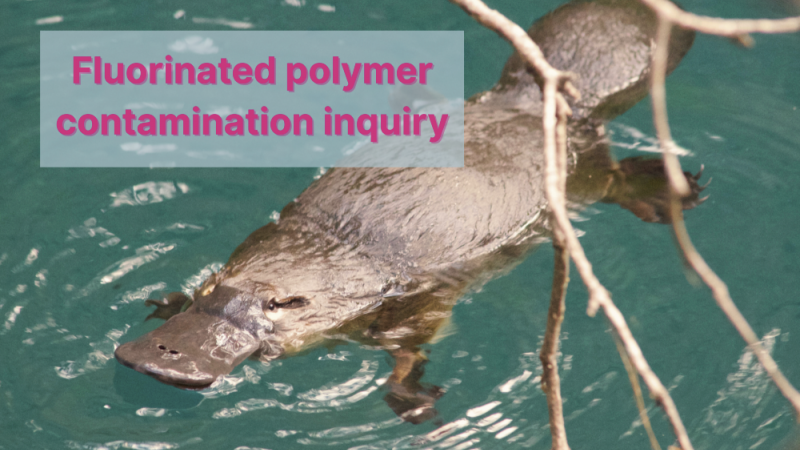Text to go here...
Researchers using mice have shown how the Leishmania parasite, transmitted by sand flies, establishes infection. Leishmaniasis is a disfiguring and potentially fatal parasitic infection that affects some 350 million people worldwide.
Contrary to previous research, they found that it is not the sand flies’ saliva that helps the parasite establish an infection, but a secreted gel called PSG. It is produced by the Leishmania parasite, and forms a plug which blocks the gut. This forces the sand fly to regurgitate to dislodge the plug and feed properly, which simultaneously deposits the parasite and some of the gel into the human body.
After the bite, the immune system is quickly activated and many immune cells rush to the site, including macrophages. Macrophages usually engulf and digest foreign particles, but the Leishmania parasite is able to persuade the macrophages not to digest them, instead providing them with nutrients and a safe place to replicate.
To study how the parasite produced this effect, the team injected the parasite under the skin of mice. The parasites were mixed either with saliva or with PSG. Parasites injected with PSG attracted five times more macrophages to the bite site than parasites mixed with saliva, and the PSG was responsible for making the macrophages provide nutrients. The gel protected the parasites so that more survived beyond 48 hours, and eight times as many cells were infected. Further work will concentrate on developing a synthetic version of the gel which may provide protection against infection.
Last edited: 11 January 2022 08:53



